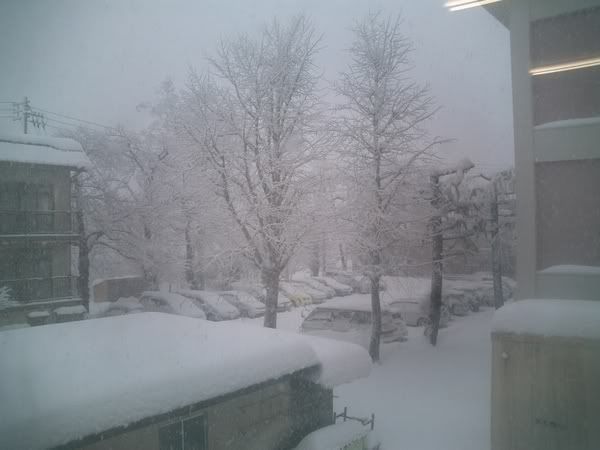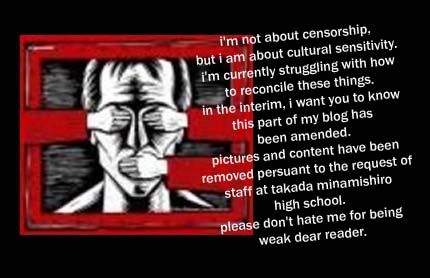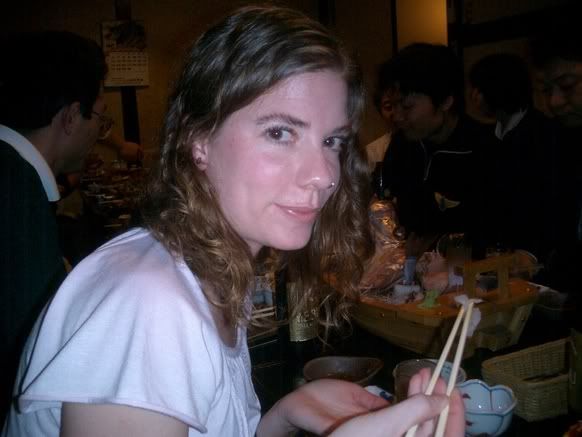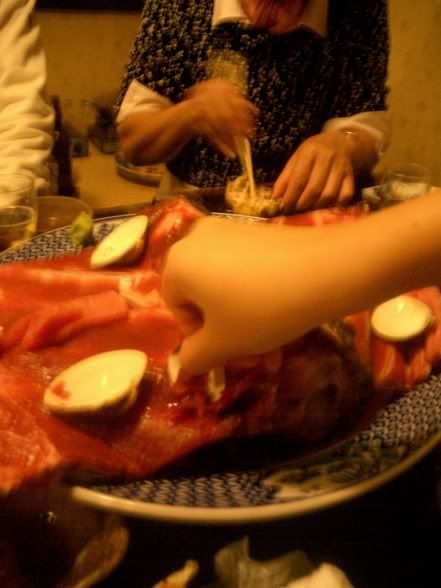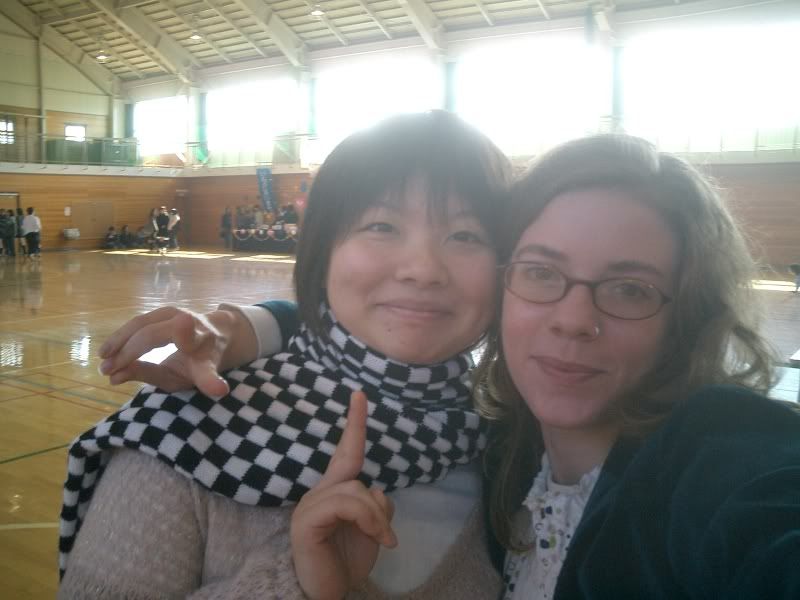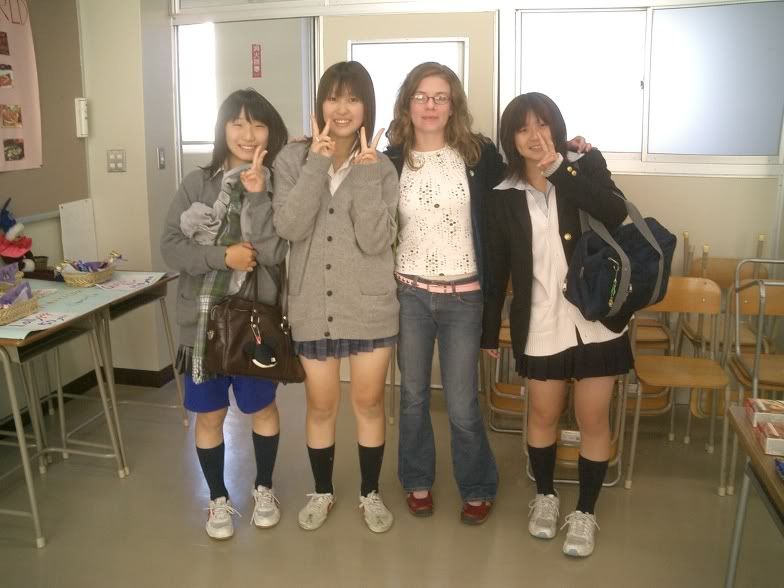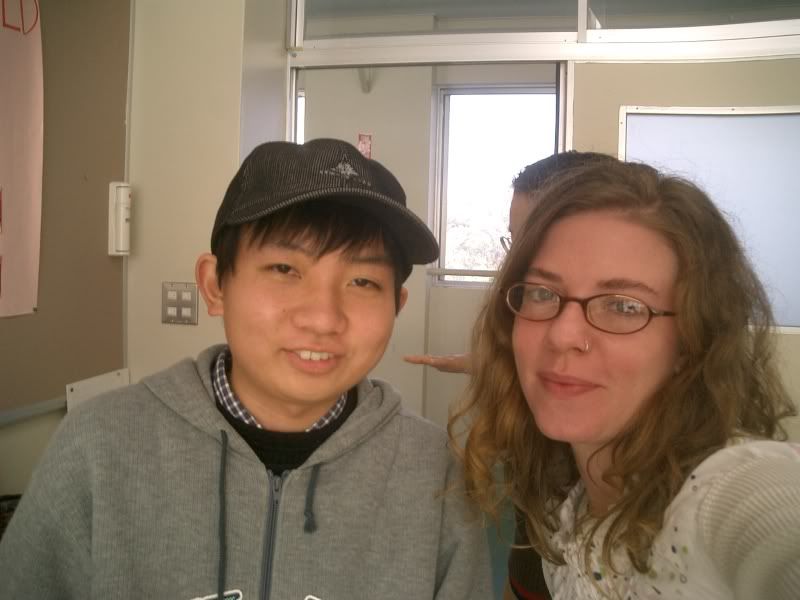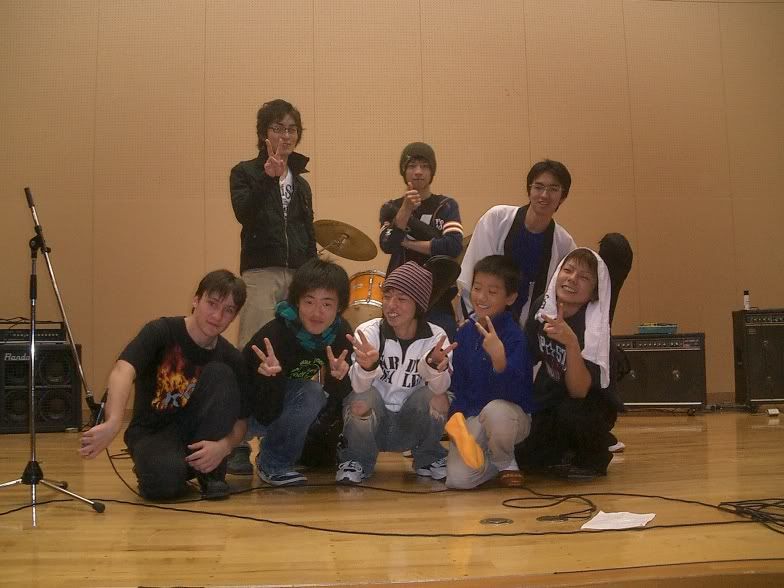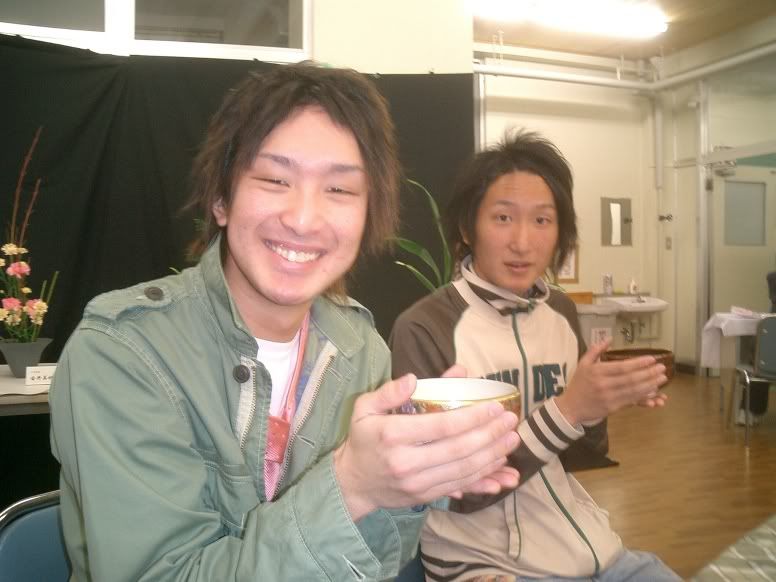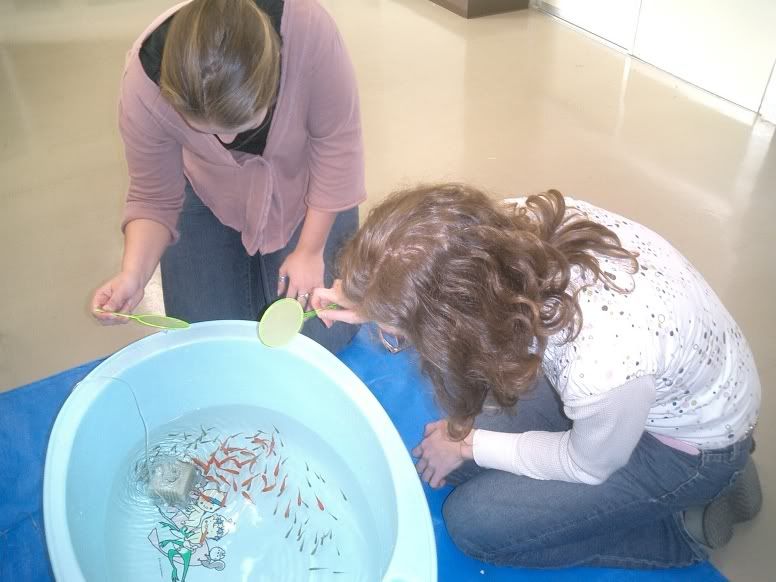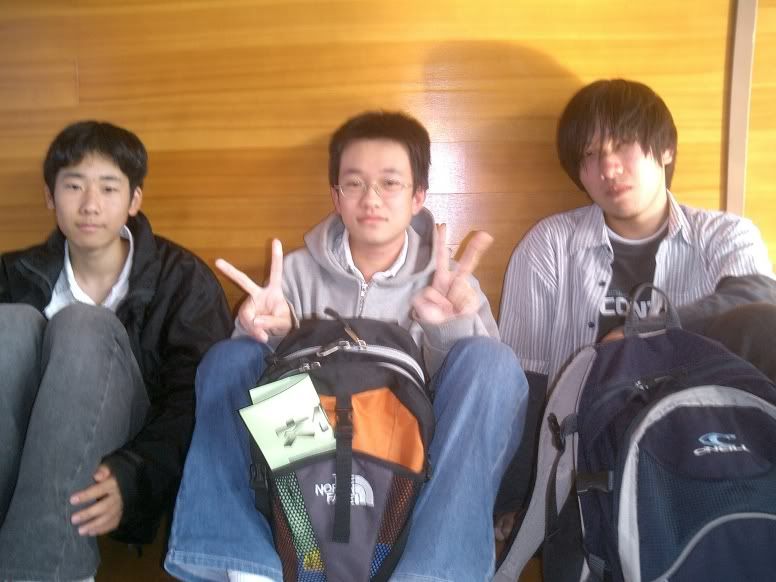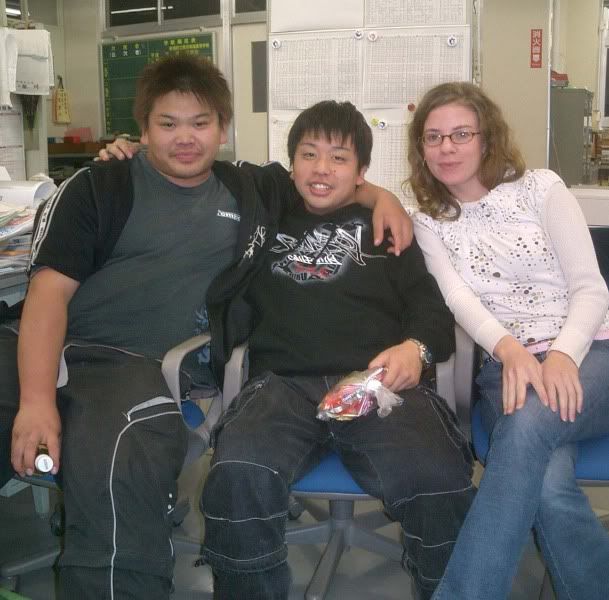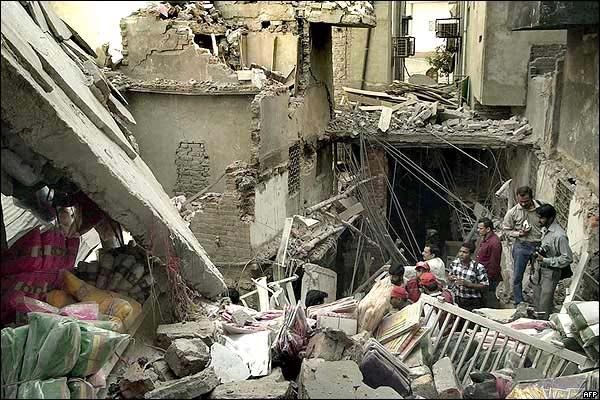so did you guys almost forget we were in the middle of the tiffany and patty show? when we left off, patty and tiffany were headed southeast to wakayama prefecture...
from the train...
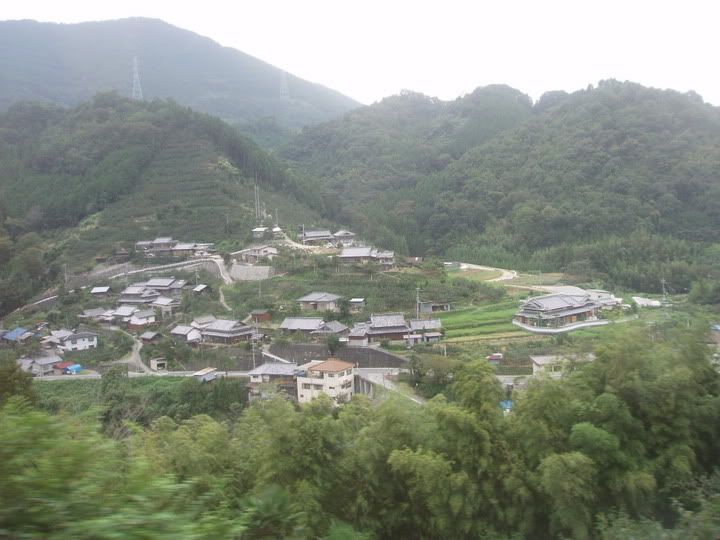
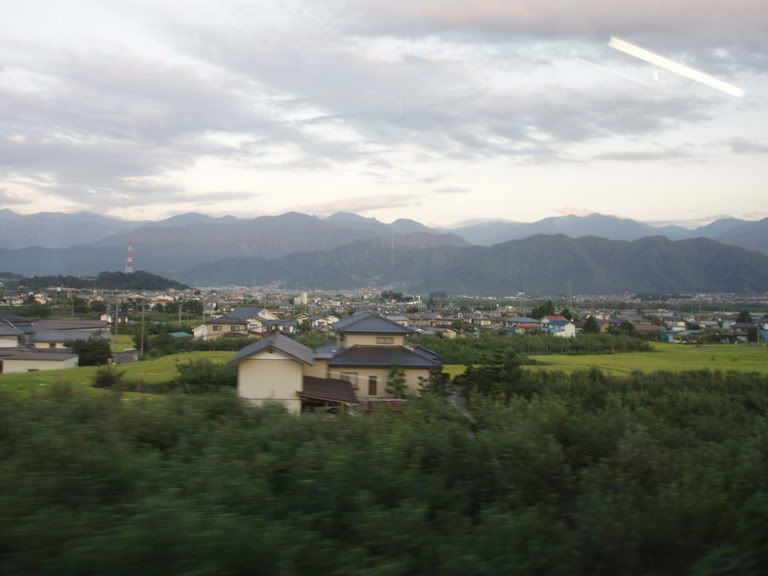
destination: the sacred mountain koya san, a gorgeous peak that’s home to the oldest and largest cemetery in the country. the shingon buddhist sect was founded there by a man named kukai, who studied tantric buddhism in china before returning to create kongobuji temple on koya mountain. now there are 117 temples, 2 monasteries and the huge cemetary packed onto the mountain top. patty and i stayed over at rengejoin temple, one of the few that allows foreigners.
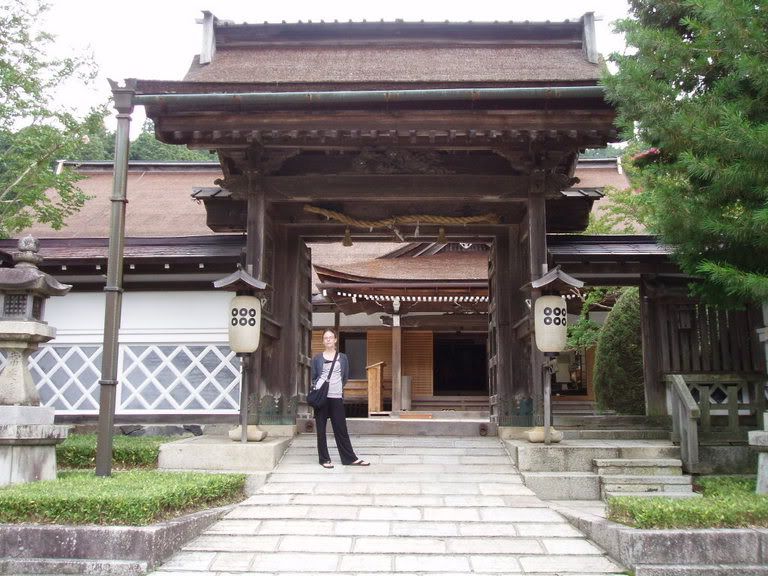
it’s an austere but comfortable place filled with the routine that is the life of buddhist monks. many of them were not interested in us, displaying little emotion and not entertaining many of my questions even though they were posited in japanese. one of the middle aged monks was an exception and he guided us through our time there, being sure to inform us about the meditation sessions, morning services and lay of the beautiful local landscape.
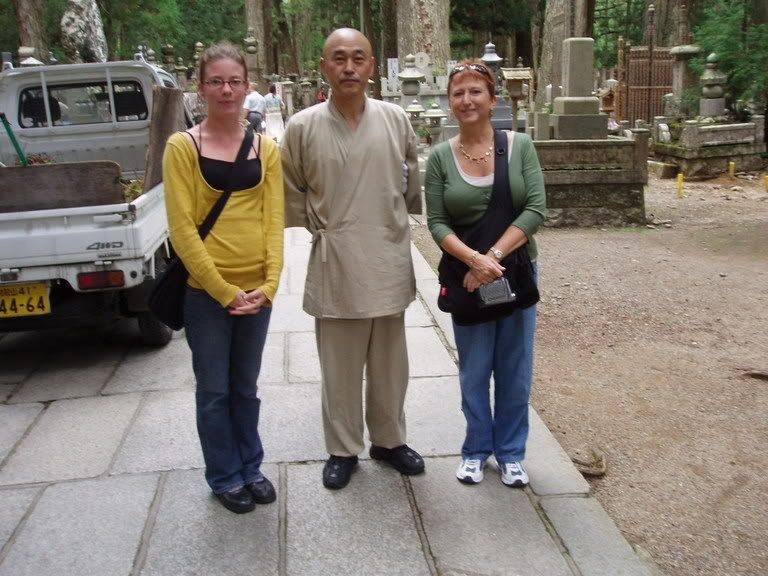
he was a rather distinguished and handsome fellow who inspired many blasphemous conversations while there.
although i’ve had some meditation training in yoga class that i quite enjoyed, i have a hard time imagining myself in the lifestyle of a monk. while the sessions were soothing, spending half the day concentrating on clearing your mind would make me go mad. it’s amazing how difficult it is to slow down your thought processes to a point where you can actually clear your head and keep it in that space for any length of time. all the gatherings were held in a hall beyond the zen garden.
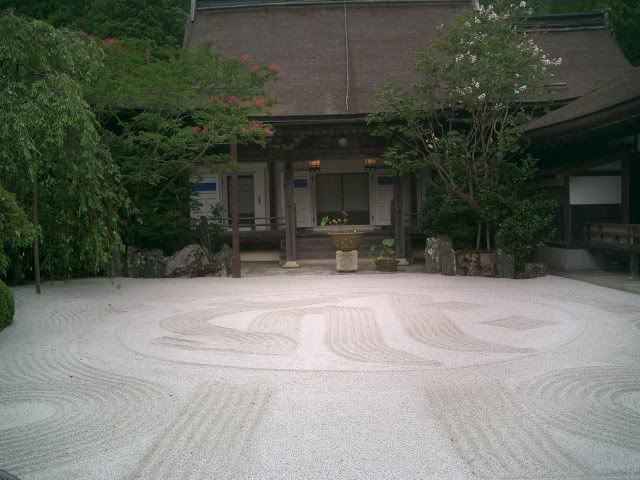
it was intense stimuli for the senses; ornately decorated with red tassels and runners, tapestries and golden lanterns and dishes of offerings, smelling musty and slightly spicy from the constant smoldering incense, so damn cold that relaxing your muscles took effort.
we had made our way to koyasan via cable car; a scenic, steep ride. we checked in and i made us some hot tea while we relished the view from our room for a bit.
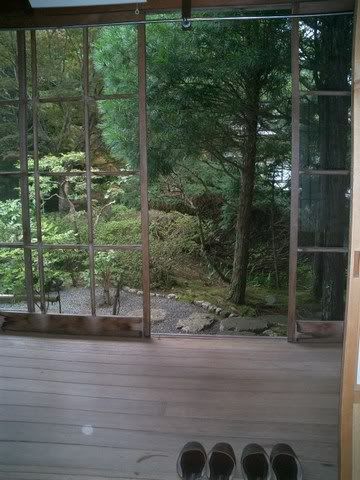
we wandered for a while, heading back in time for dinner, a healthy and delicious meal which contained no fish, meat, garlic or onions [the latter two being viewed as seasonings, therefore superfluous. there is also some issue of their odor which the monks find offensive.]
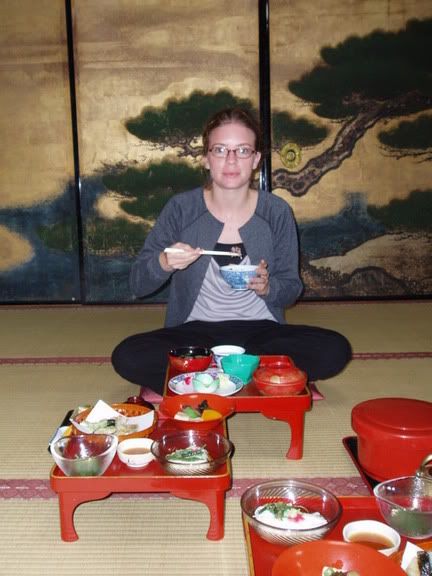
then we headed to the cemetery to plod amongst the tombstones in the moonlight.
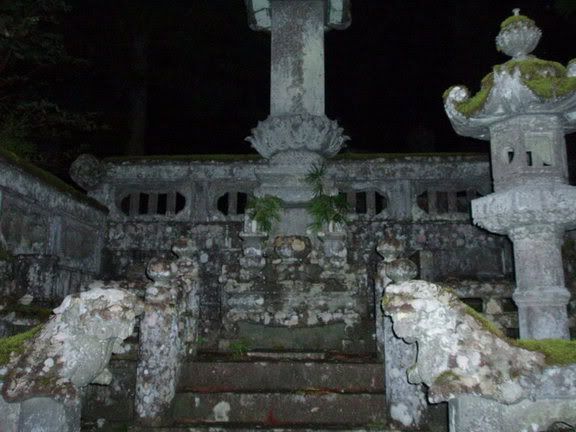
i couldn’t believe the expansive spread of ancient and modern graves stashed in haphazard rows.
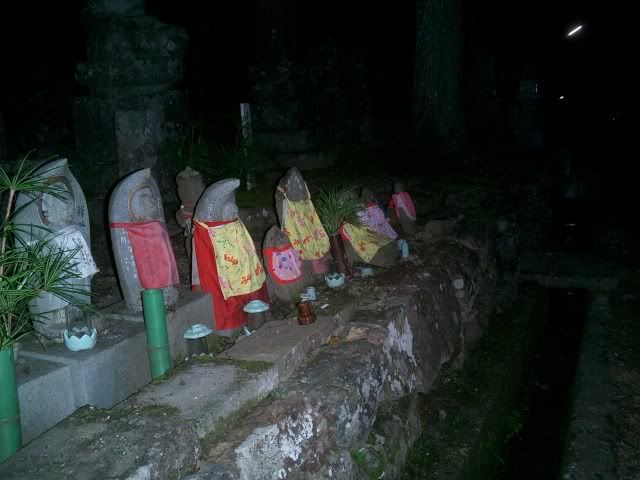
we donned our sexy yukatas...
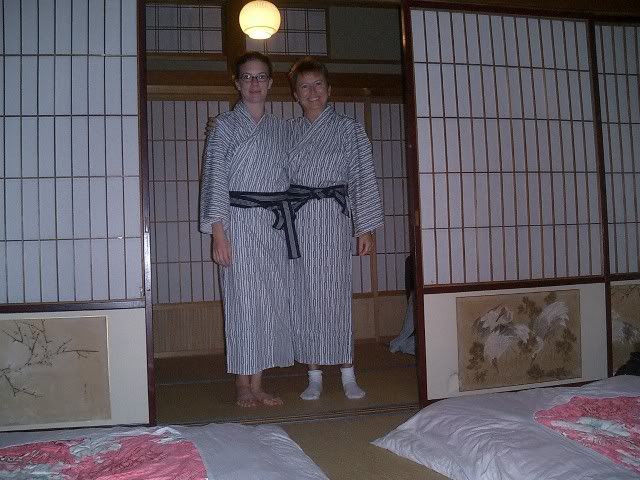
and settled into our futons rather early so we'd be sure to rouse for the 6 am service.
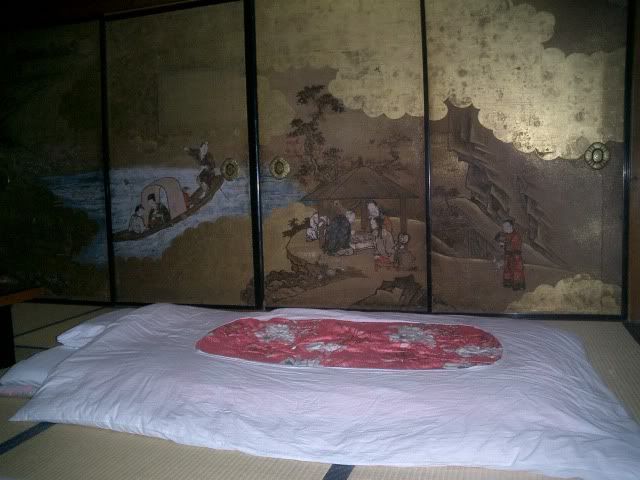
it was a fascinating session of chanting mantras recorded in books that looked as ancient as the religion itself. the monks were all seated around an altar jutting out from the back wall which consumed about 1/2 of the room. they each played a role in the event which was so well rehearsed, from years of strict routine rather than any desire to impress tourists. in between gonging metal urns and clapping tiny cymbals, our monk friend scooted towards us, urging us to approach the front bench of the altar to give an offering. i had participated in this buddhist tradition once before and was able to perform the ritual without any huge snaffus. it involves bowing deeply to the altar, pinching incense powder from a pile and offering it towards the altar then making a motion like your kissing or smelling what's between your fingers [it's hard to tell which when you learned strictly by watching and copying] before dropping it onto a smoldering mound. repeat this twice, then clap your hands two times leaving them in the prayer position, bow your head and take a moment in which i imaginge you are supposed to feel some sort of connection with the force you are honoring. then it was on to breakfast...
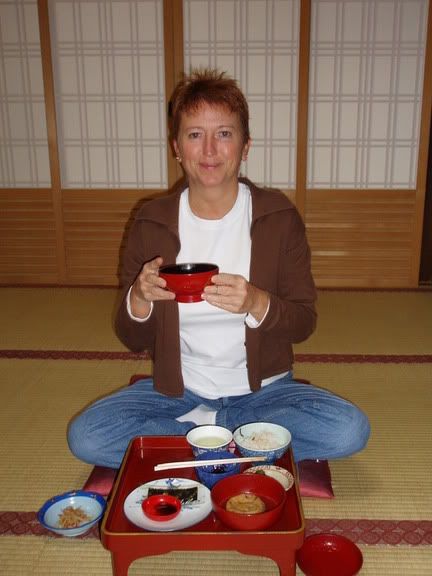
another fabulous meal. while dining, an old woman hobbled into the tatami and gingerly lowered herself onto the floor, resting in the traditional position with legs folded in half inderneath her. turns out she is the mother of this temple. her husband had lead the monks there until his death and now their eldest son is the one we had seen guiding everyone through the services. the 80-something-year-old shared her story with us and then patiently answered all of our questions in fluent english; displaying a calm demeanor that's undoubtedly a product of decades of living in such an environment. patty and i then ventured back out to the surrounding temples and vast cemetary.
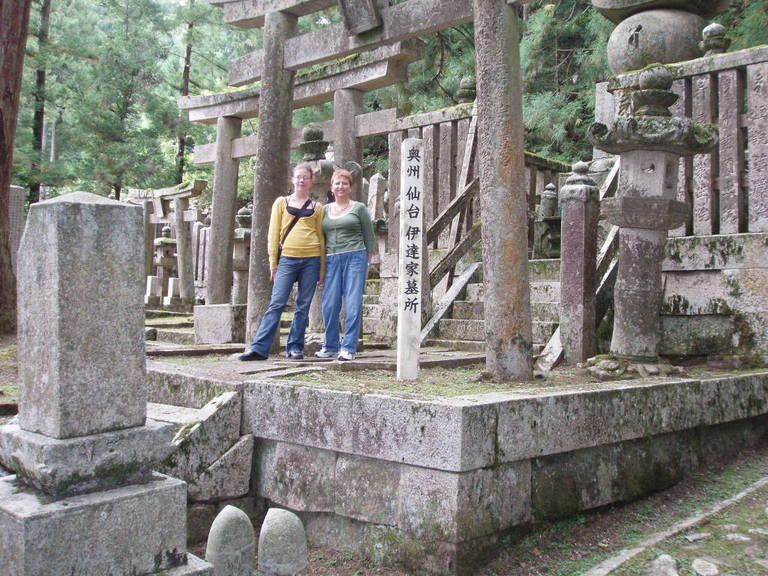
all of the mountain's residents, monks and laymen alike, spend much of their days tending to the gravesites.
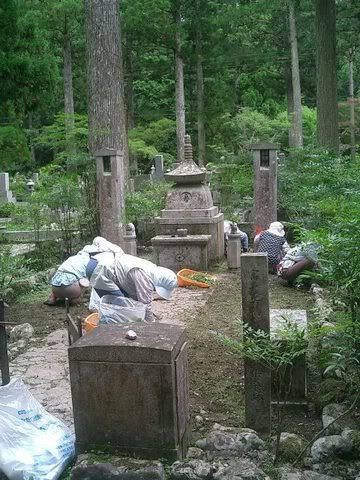
on the way to the tomb where kukai [the shingon sect's founder] is enshrined, we passed this towering collection of decorated posts.
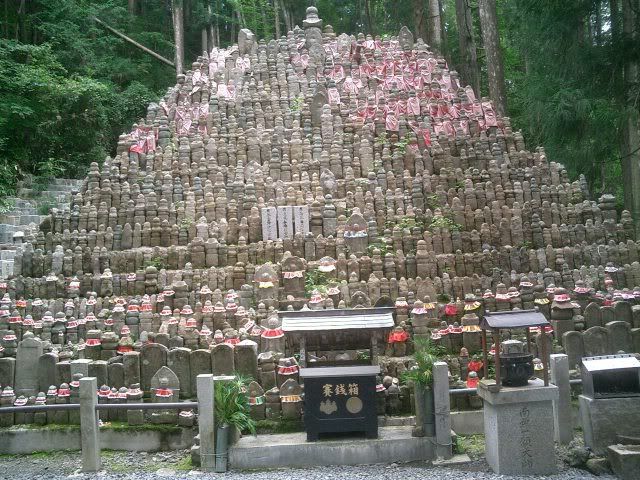
i asked several passersby about its significance [considering the language issue, i figure the more people i ask, the more likely i am to actually understand what they are trying to convey]. turns out it's a shrine for hitori sammas, people who've died and have no existing family to come visit and pay their respects. they are enshrined here together so that during obon, the most important japanese holiday honoring family who have passed on, visitors to koya san can celebrate their spirits. what a nice gesture.
the cemetary is a beautiful maze of more than 200,000 graves, although the exact number is disputed.
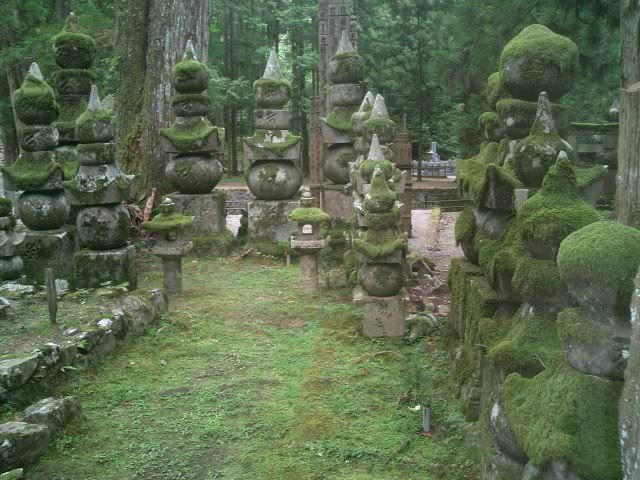
among the interred are famous figures and average japanese citizens who were lucky enough to inherit or wealthy enough to purchase a plot. there is something about the proximity of these graves to that of kukai which makes them prime real estate. there are also corporate plots, all relatively new areas where life-long employees of the companies can expect to rest eternally. they use the promise of this resting place as a recruitment tool.
although the cemetary has a distinctly ancient air about it, like so many other places in japan, the marriage of old and new, historic and modern can be glimpsed in many a tangible example.
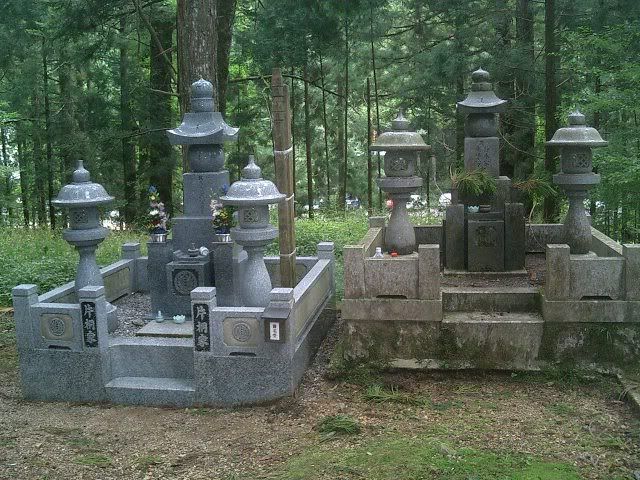
like these two family graves, one housing ancestral remains and the other a relatively new resting place. like many a japanese tradition, time has weathered the surface and distorted the appearance of the structure, but the foundation remains strong and the citizens here continue to subscribe to the design and shape of the old ideas, while packaging them in way that ensures their acceptance in modern society.
on our way to the hall of lanterns we passed this row of bronze statues being doused and honored by the throngs.
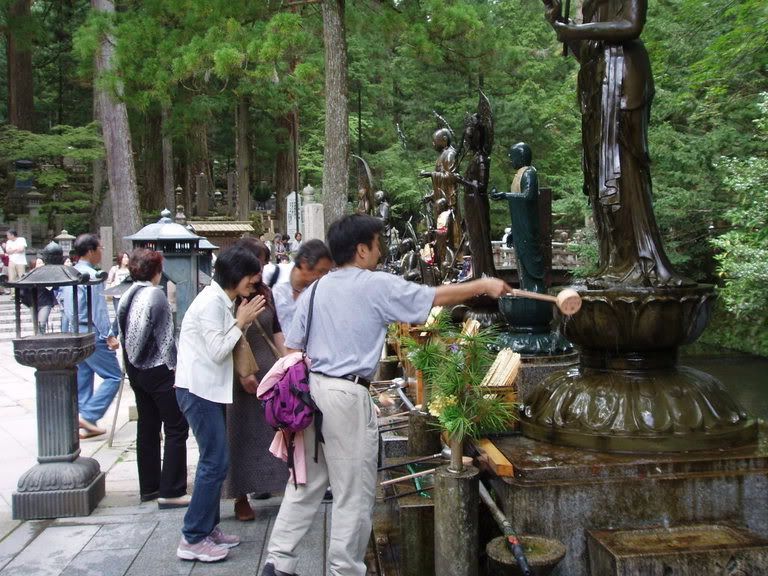
from what i gathered, it's a way to ensure your deceased loved ones are at peace [as i'm not religious, i'm sure i'm getting all my terminology screwed up and using words that have never crossed buddhist lips. i'd prefer you don't quote me although i'm confident that the basic idea is correct.] patty and i took some time to reminisce about mom and grandaddy clyde and josh before soaking the statues oursleves.
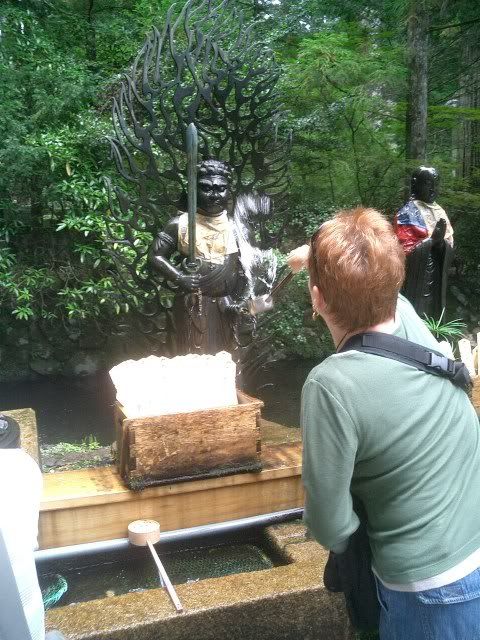
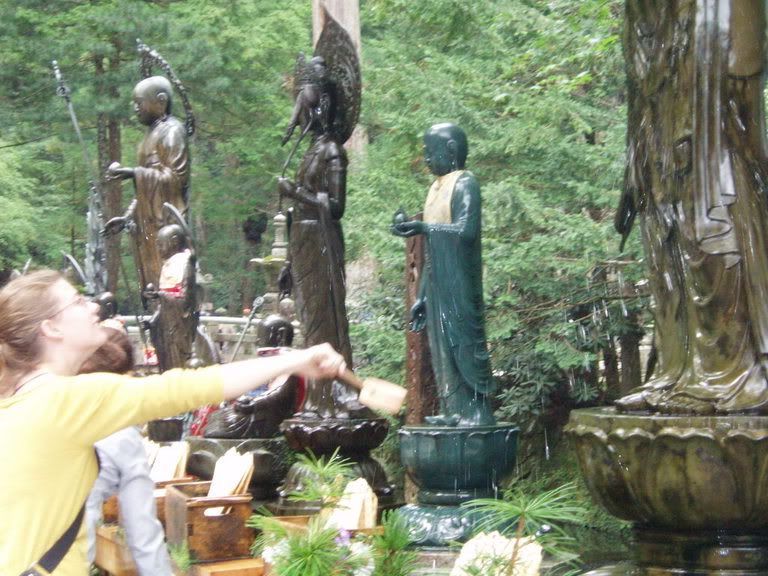
we made our way back to the temple, gathered our things and bused it to the cable car station. as we headed away from the mountain, i felt as if i was emerging from the enchanted forest. indeed there were hundred year old cedars that lent a magical air to the place, but there was also a distinct feel of energy about the area, soothing and calm, impacted but undeterred by time. in a peaceful way, this energy assured me that the lingering marvel of this place would endure for centuries to come.
